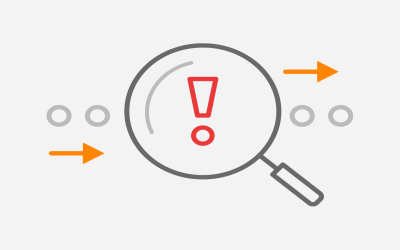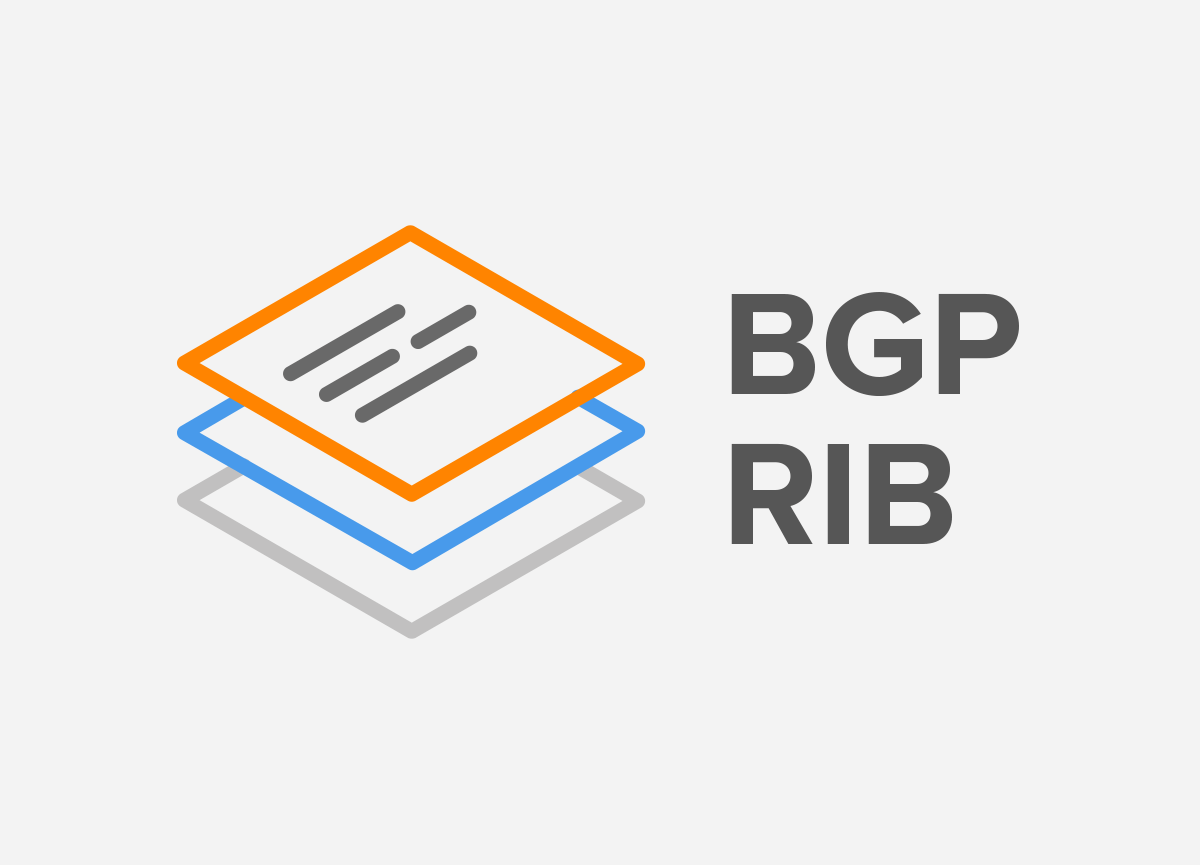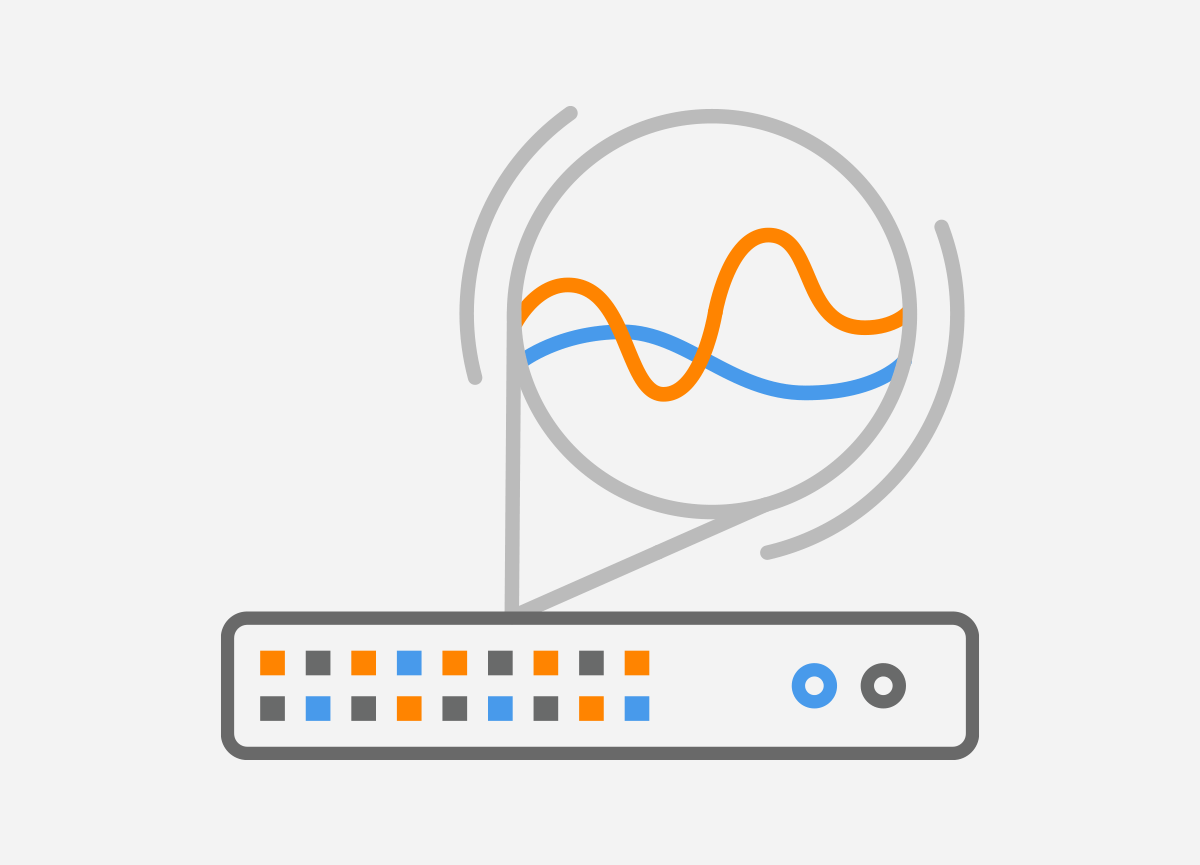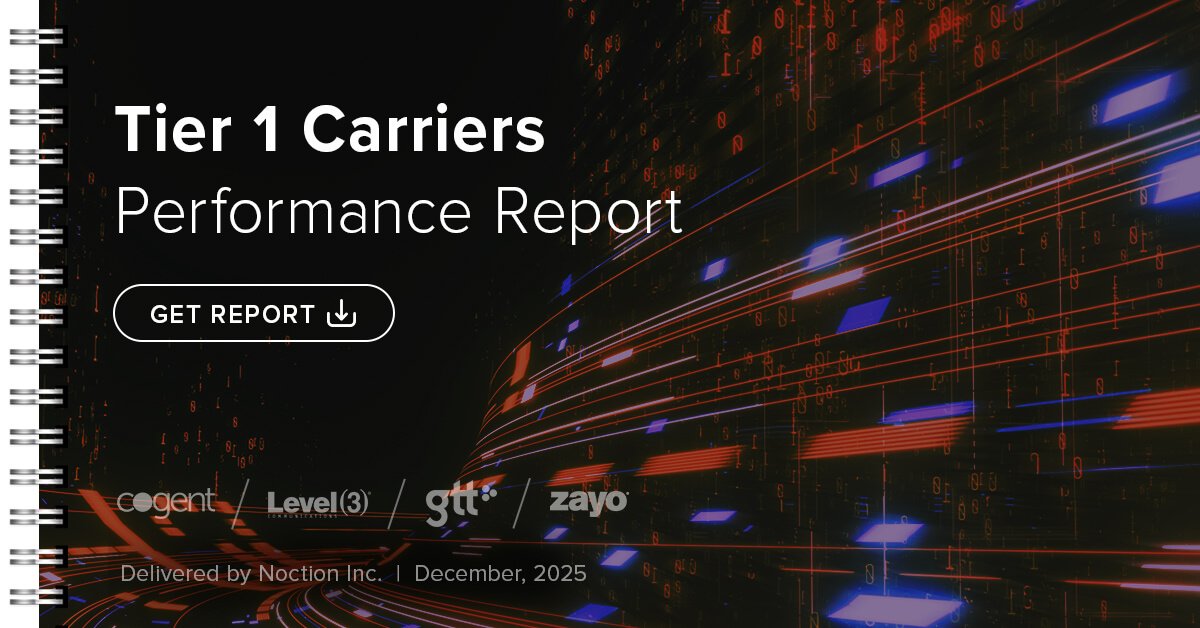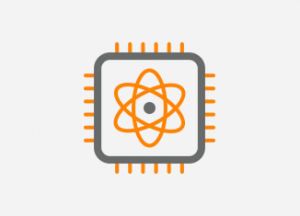 Nowadays, the very abstract ideas underlying the quantum physics are being translated into reality thanks to new technological capabilities in the field of nanotechnology and optical interactions. One of these ideas, the idea of a quantum internet and a quantum computer, will be discussed further in this article. While the subject is very broad, we’ll try to summarize the basic ideas behind these technologies.
Nowadays, the very abstract ideas underlying the quantum physics are being translated into reality thanks to new technological capabilities in the field of nanotechnology and optical interactions. One of these ideas, the idea of a quantum internet and a quantum computer, will be discussed further in this article. While the subject is very broad, we’ll try to summarize the basic ideas behind these technologies.
Quantum Internet allows to send quantum data (quantum bits or qubits) from one quantum computer to another. The media here is either a fiber optic cable or a free space connection with a clear line of sight between the starting and the destination point of a signal. Classical computers work with conventional bits that can be either zero or one. Quantum mechanics, however, allows qubits to be in a superposition state that can be 1 and 0 at the same time. Therefore, we can encode more information in qubits than in conventional bits. The amount of information that can be stored and processed using qubits is 2n, where n is the number of qubits. So, in two qubit systems, we need four numbers (bits) to determine the state of the system. To define the state of the three qubits system we need 8 numbers. If we have 300 qubits, the equivalent of classical bit information is 2300.
Quantum computer is a computer where the number of operations grows exponentially. However, the improvement is not in the speed of an individual operation but rather a total number of operations to write the result. Therefore, quantum computers are not generally faster, they are faster only for specific types of calculations [1]. We can easily grasp this concept by playing the light switch game provided by D-Wave [2]. The game explains why a quantum computer is faster than a conventional computer in a process of finding the best combination of switches when a number of the switches is large. As stated, “The quantum computer begins with the bits in superposition (the switch can be in both ON and OFF states), ends with them behaving as regular classical bits, and finds the answer along the way”. However, with only 500 switches, there is not enough time in the universe to check all the configurations when conventional processors are used.
So far, only a small number of quantum algorithms have been found.
Here are some of the most famous ones:
Shor’s Algorithm (factorization)
Grover’s Algorithm (quick search in an unordered database)
Deutsch–Jozsa Algorithm (produces an answer; the function is either constant or balanced)
Let’s review the Shor’s algorithm in a bit more detail. It allows to solve any of the two mathematically equivalent problems below:
- Finding the period of a complex periodic function or
- Decomposing a very large number into the prime factors
The second of these tasks is of significant practical importance since it is used in cryptography. When encrypting and decrypting secret messages (public key encryption) large numbers are used for which their factorization is known. It is clear that such numbers are easy to obtain: it is enough to multiply a large number of prime numbers, and we get a very large number for which the factorization is known. The recipient of the encoded secret message can decode it because the decoding procedure uses factorization of a long number, and he/she knows this decomposition.
If a third party could factor this number into the prime factors, he/she would also be able to decode the message. However, this decomposition takes a lot of time. Therefore, from a practical point of view, it is impossible to decode such messages. But if the third party would’ve had a quantum computer, then he/she could decompose long numbers into simple factors quite fast and therefore could easily decipher such messages. The common cryptography method used today would stop working. This is one of the arguments that make the creation of a quantum computer important.
On the other hand, quantum networking provides another secure communication benefit. Quantum Key Distribution (QKD) enables secure communication whose security relays on quantum mechanics. For instance, the spin of an electron can be used as a qubit since it can undergo transitions between the spin-up and spin-down quantum states, represented classically by 0 and 1. In other words, qubits are based on physicals properties of the particles such as electron spins or polarization of photon. However, if we would want to measure the electron’s spin, some of its properties would change. If we were to apply the temperature near the absolute zero (-273 Celsius), the electron would be spin down ↓. If we were to write the information to a qubit we would put the electron into a spin-up state ↑ by hitting it with a pulse of microwaves with specific frequency. We would not know the spin of an electron until we measure it. And when we measure it, the qubit’s physical properties are changed. Therefore, it is also impossible to make exact copies of qubits or to clone it. This is known as a quantum no-cloning theorem. Qubits perfectly suit for secure communication. If Bob and Alice exchange an encryption key using qubits and Eve intercepts communication, both Alice and Bob know that someone messed with qubits as the physicals properties of the qubits changed. Therefore, extracting quantum information without leaving a trace is impossible. The presence of Eve’s eavesdropping communication, can be easily detected.
Nowadays, we can send qubits to short distances over telecommunication fibers up to 200 kilometers. The reason for that is Decoherence – a situation where the system being measured loses its specific quantum properties. In other words, the pure state quickly turns into a mixture when the quantum system interacts with the environment. So, the real challenge in building quantum Internet is to send qubits further than a few hundred kilometers. The single photon sent over a fiber optic cable can be lost. As we know, qubits cannot be copied or amplified so they cannot be resent without a notice. To solve this issue, the box called a quantum repeater is placed in the middle of the communication line and the pair of photons is exchanged between the repeater and the quantum computer on the left side of the line. Similarly, another pair of photons is exchanged between the repeater and a quantum computer located to the right of the communication line. Quantum repeaters are crucial for entanglement over long distances using fiber optic cables. The vision is to build a long-range quantum internet that will operate in parallel to the Internet we know today.
We have already mentioned, that transmission of quantum signals over long distances is prevented by fiber attenuation and the no-cloning theorem. Therefore, one of the realistic scenarios is that the future Quantum Internet will consist of a global network of quantum repeaters that are developed and used in order to extend the range of communication. However, there is also another approach to this problem which is based on the deployment of satellite technology. China launched world’s first quantum communication satellite Miciusin 2016, and has since been busy testing and extending the limitations of sending entangled photons from space to ground stations on Earth and back again [3]. Chinese and European researchers have tested the system by creating secure video conference between Europe and China.
There are certain issues associated with quantum computing besides decoherence, such as the search for new algorithms as well as new methods of error correction. All of these problems however can be described in one phrase – scalability issues.
Quantum computers are the “holy grail” of modern physics and informatics. The idea of a quantum computer and a quantum network looks unrealistic at first. A regular classical computer was probably perceived the same way at the time of Charles Babbage, the invention of which happened only a hundred years later. QCs on two or three qubits already exist, but they require the use of high technologies (pure substances, precise implantation of individual atoms, a highly accurate measurement system, etc.). However, as mentioned earlier, the main challenge is not the technological one but the fundamental one of scalability.
It is unlikely that quantum computers will replace the classical computers in the near future. We can only speculate that the QCs would be put into clouds to offer unique services whereas personal computers would transmit or access the quantum-encrypted information through the cloud-based QCs.
Hopefully, the scientific and technical progress of our time is fast enough, and we will not have to wait too long for quantum computing to become a common reality.



